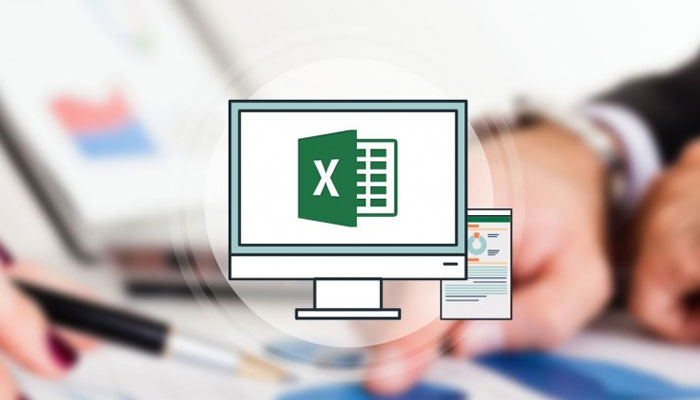
Apr 07, 2014
Themes in the Microsoft Office suite are used to format a whole document quickly and uniformly. In this blog post, I'll go through some ways of creating a custom theme in Microsoft Office 2013.
How to create a custom theme colour
To set the default theme colour, open a new document, choose the ‘Designs’ tab and click the drop-down arrow of ‘Colours.’ Choose the colour of your choice. However, you can create your own colours by following the steps below.
- Instead of selecting a default theme colour, choose the ‘Customise Colours’ option.
- From the 'Customise Colours' window, click the button adjacent to the theme colour of your choice (for example, 'Accent 1' or 'Hyperlink'), and then pick a colour under ‘Theme Colours.’
- To create a customised or new colour, click ‘More Colours’ and pick a colour on the 'Standard' tab or enter numbers on the 'Custom' tab.
- In the 'Name' box, type a name for the new theme colours, and then click 'Save.'
How to create a custom theme font
To set the default theme font, click on the 'Design' tab, select ‘Fonts,’ and pick the font set you want. Like colours, you're also able to create a custom theme font. You can do so with the below method.- Select the ‘Customise Fonts’ option.
- The ‘Create New Theme Fonts’ dialogue box will appear. Choose the desired fonts under the 'Heading' font and 'Body' font fields.
- In the ‘Name’ box, enter a name, and click 'Save.'
How to save a custom theme
Once you've made the changes to colours and fonts, you can save your custom theme by clicking on the 'Design' tab, select 'Themes' and click 'Save Current Theme.' In the 'File Name' field, enter a name for the theme, and click 'Save.'How do your Excel skills stack up?
Test NowNext up:
- Scripting in SQL Server 2014
- How to import public holidays into Microsoft Project 2010 calendar
- Dual boot Windows 8.1 on Windows 7 using Virtual Hard Disk (VHD)
- Strategies to sell human services (Part 2)
- 'Revise Contents' – Outlook's hidden gem
- Designing Exchange Server 2013 Unified Messaging Integration with Lync Server 2013
- They won’t take their shoes off!
- Insert an online video into Word 2013
- Have an eggsellent Easter!
- PowerShell is for infrastructure types...right.
Previously
- Configure Windows Intune for SCCM 2012 R2 – Part 2
- Anatomy of a coach
- Merge layers without flattening in Photoshop
- SQL Server 2014: Now how do I get certified?
- Enhance your presentations with PowerPoint's Slide Zoom
- Configure Windows Intune for SCCM 2012 R2 – Part 1
- How to convert text to columns in Microsoft Excel
- And if you tell that to the young folks today…
- Creating a drop-down list in Microsoft Excel
- Database indexing issues in Exchange Server 2013












